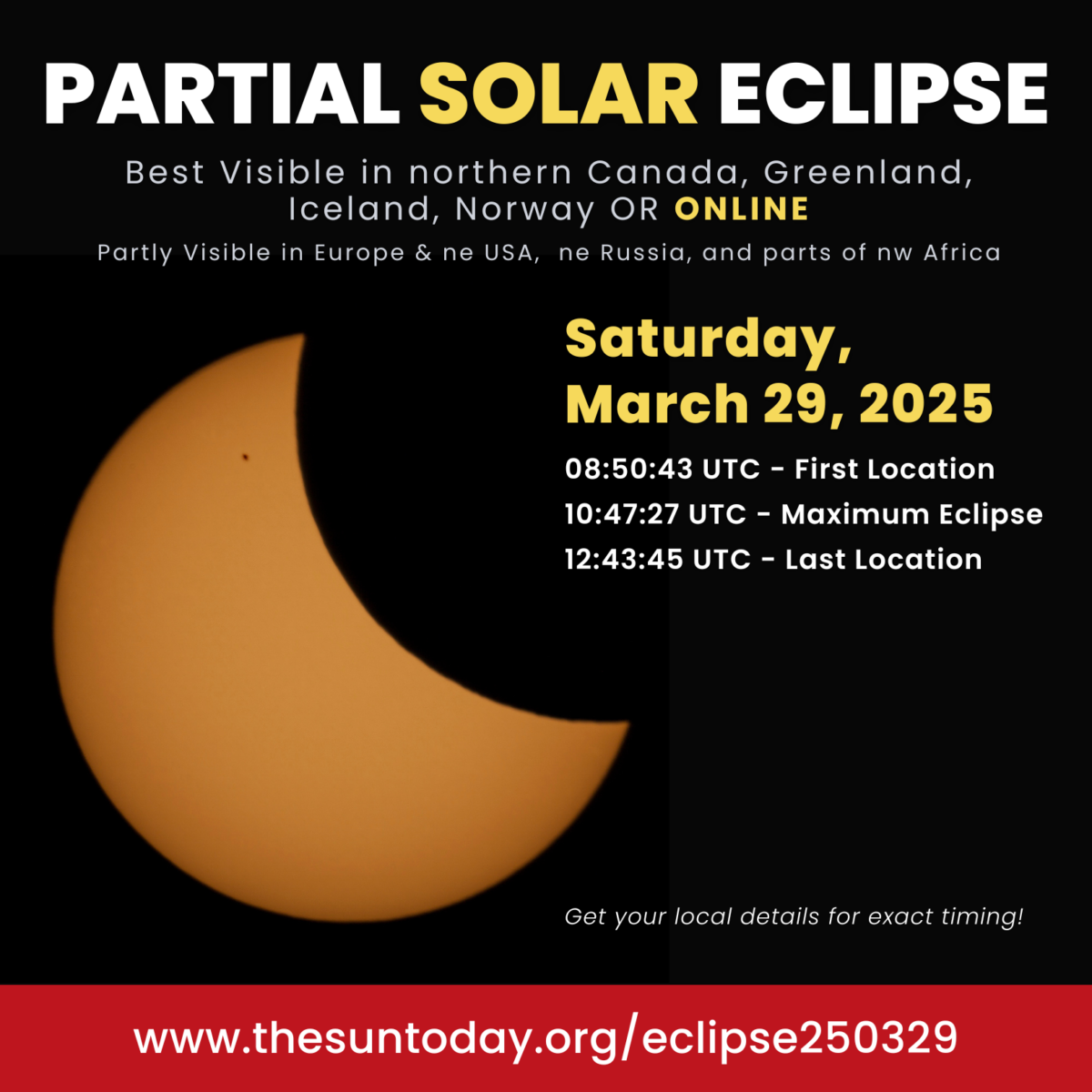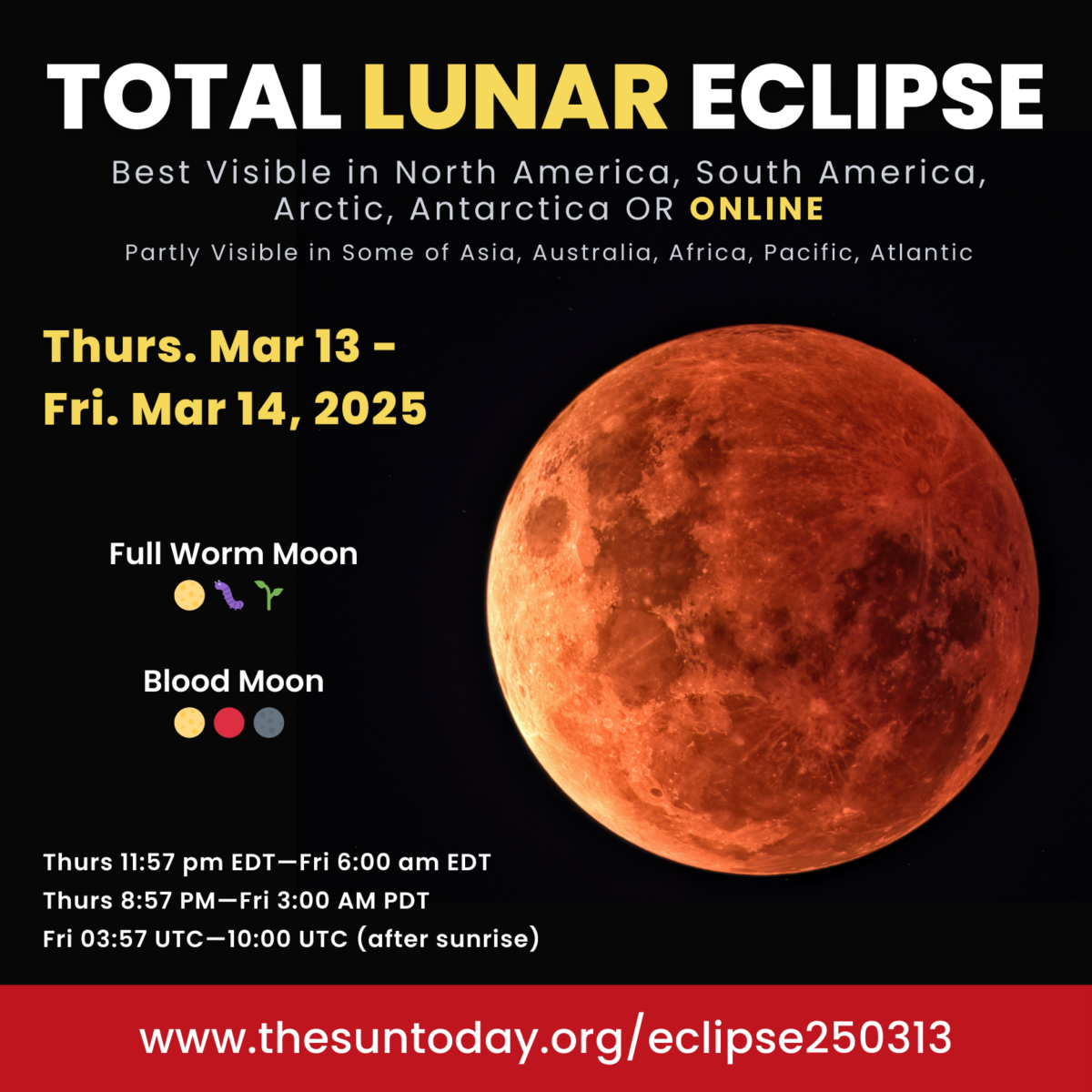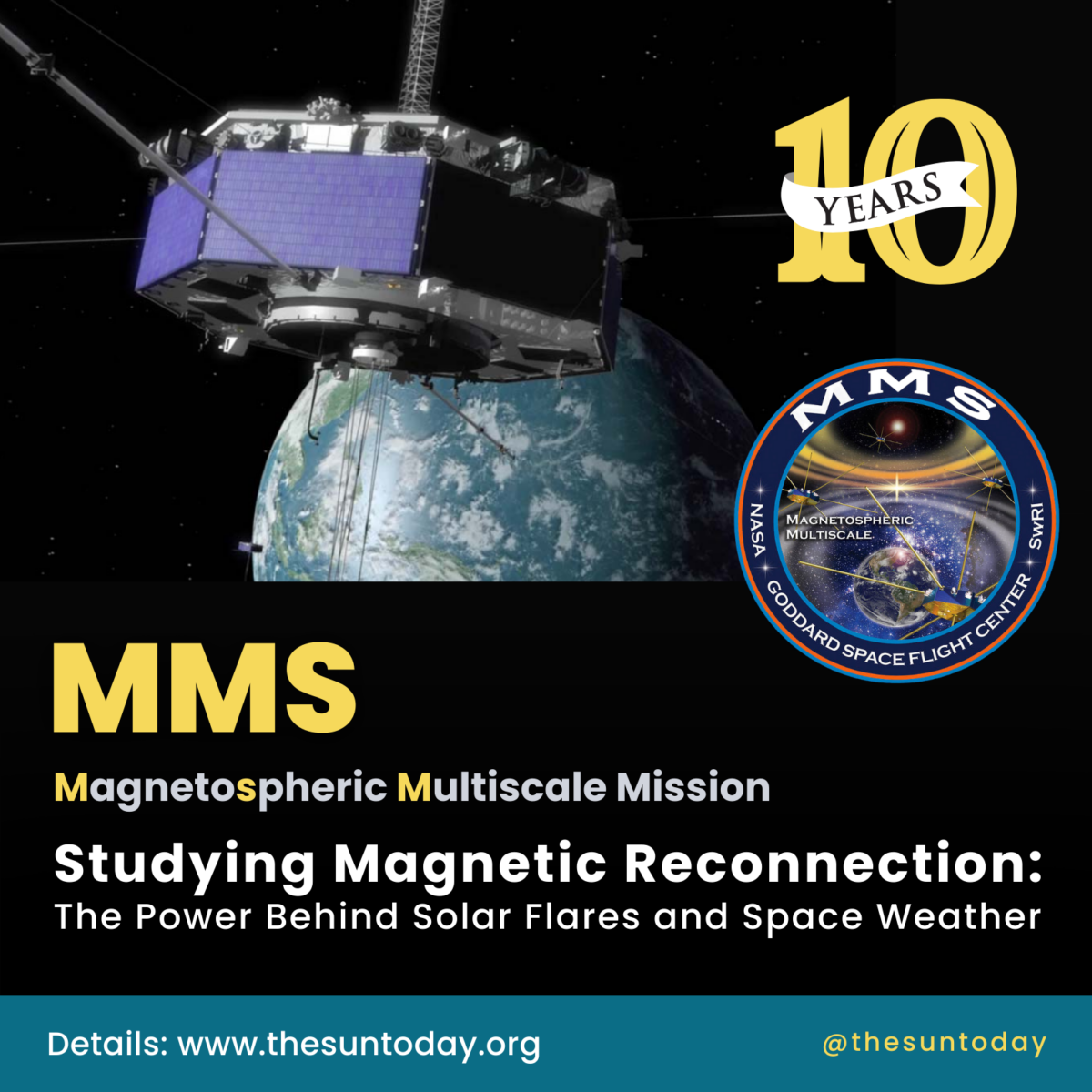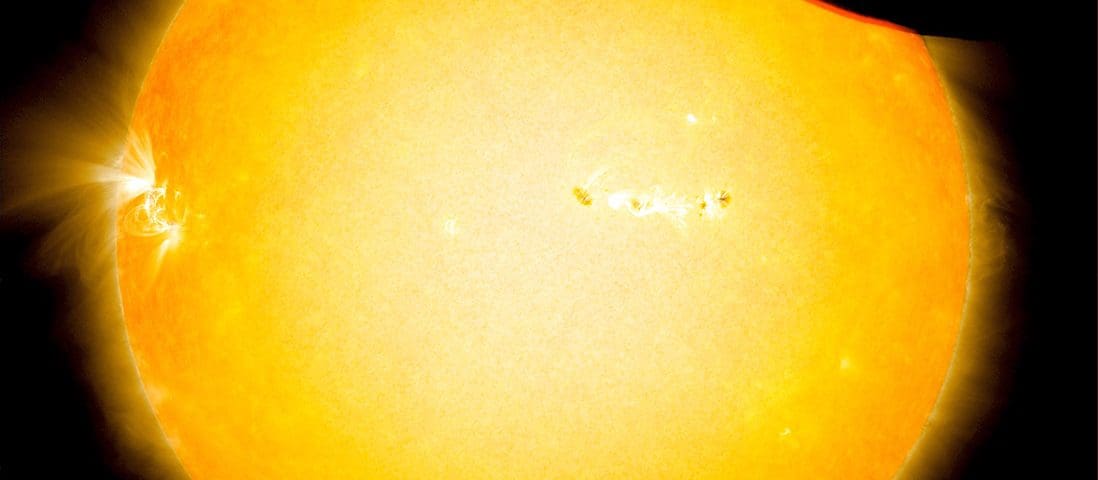
A movie of the Aug 21, 2017 lunar transit as viewed by the Solar Dynamics Observatory (SDO.)
Credit: NASA/SDO
The Sun appears in visible light, and 171 ångstrom extreme ultraviolet light.
The movie shows the Sun moving a bit because SDO has a hard time keeping the Sun centered in the image during a transit, because the Moon blocks so much light. The fine guidance systems on the SDO instruments need to see the whole Sun in order keep the images centered from exposure to exposure. Once the transit was over, the fine guidance systems started back up, once again providing steady images of the Sun.
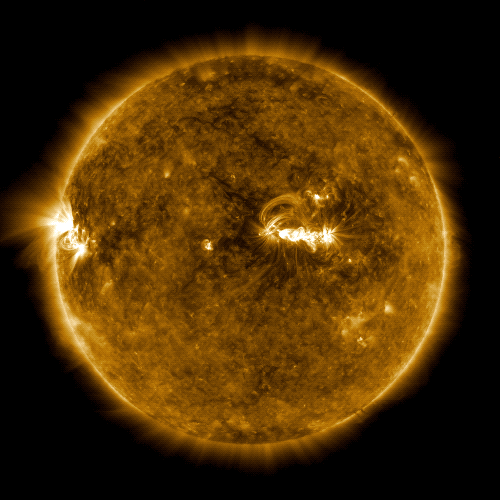
Animated GIF of the Moon transiting across the Sun, taken by SDO in 171 ångstrom extreme ultraviolet light on August 21, 2017.
Credit: NASA/SDO
NASA’s Solar Dynamics Observatory was also treated to a view of the Moon blocking the Sun.
Because of its location 3,000 miles above the Earth, SDO sees several lunar transits each year. An eclipse on the ground, however, does not guarantee that SDO will see anything out of the ordinary. In this case, SDO was lucky and got treated to the Moon briefly passing in front of its non-stop view of the Sun at the same time that the Moon’s shadow passed over the eastern United States. SDO only saw 14% of the Sun blocked by the Moon, whereas most US residents saw 60% or more.
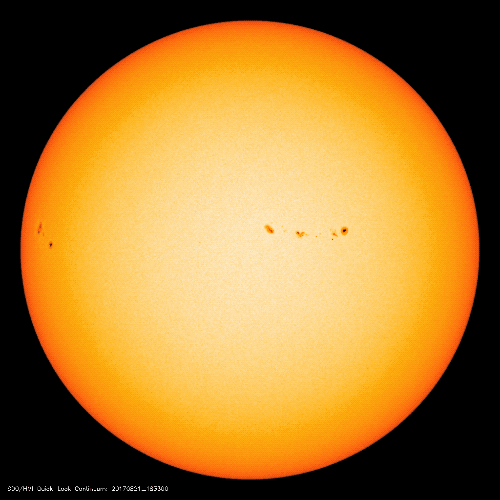
Animated GIF of the Moon transiting across the Sun, taken by SDO in visible light on August 21, 2017.
Credit: NASA/SDO
Launched on Feb. 11, 2010, the Solar Dynamics Observatory, or SDO, is the most advanced spacecraft ever designed to study the Sun.
It has examined the Sun’s atmosphere, magnetic field and also provided a better understanding of the role the Sun plays in Earth’s atmospheric chemistry and climate. SDO captures images of the Sun in 10 different wavelengths every 12 seconds at resolution 8 times better than HD. Each wavelength helps highlight a different temperature of solar material. Different temperatures can, in turn, show specific structures on the sun such as solar flares, which are gigantic explosions of light and x-rays, or coronal loops, which are stream of solar material traveling up and down looping magnetic field lines.
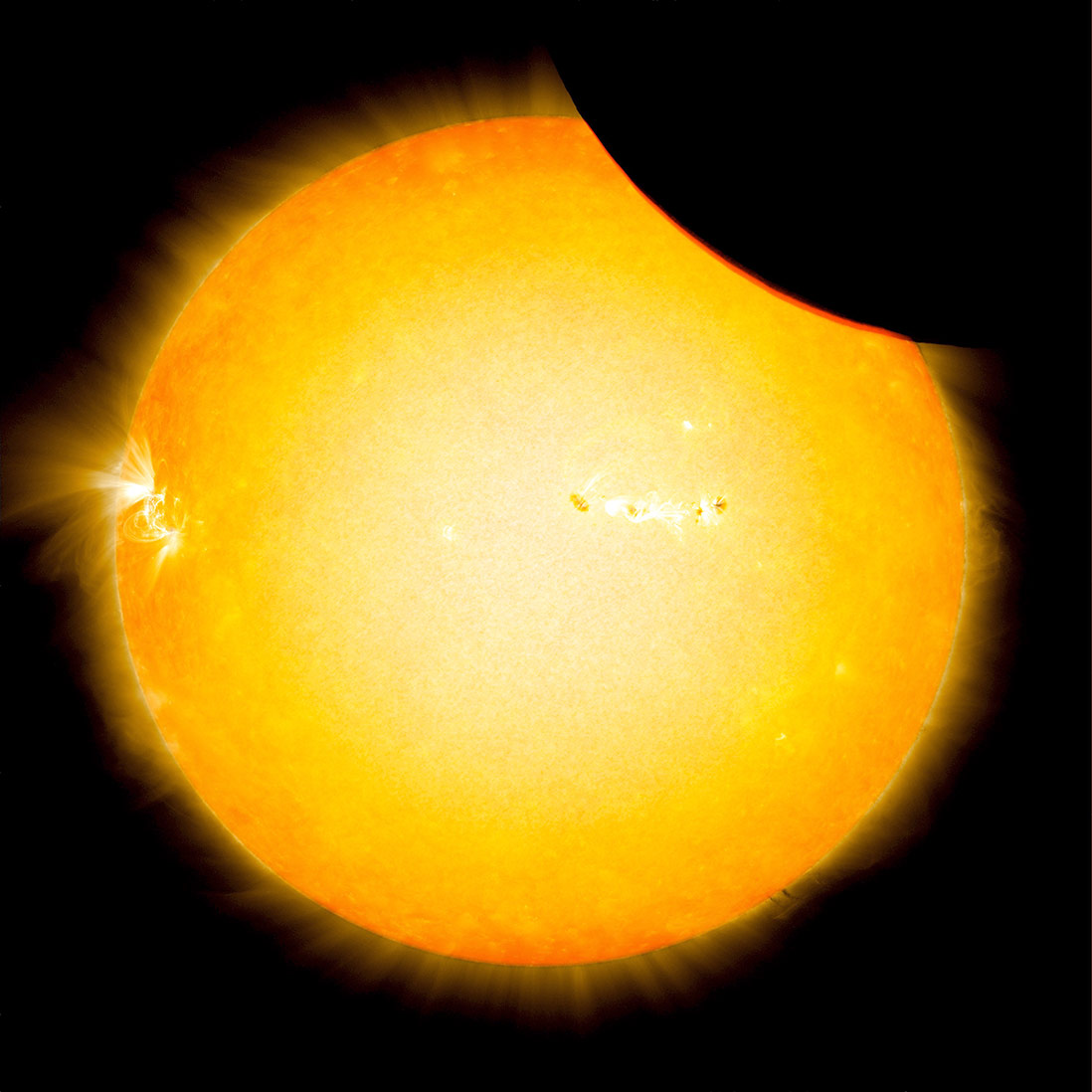
Image of the Moon transiting across the Sun, using a blend of 171 ångstrom extreme ultraviolet light and visible light imagery from SDO from August 21, 2017.
Credit: NASA/SDO
The videos and images displayed here are constructed from several wavelengths of extreme ultraviolet light and a portion of the visible spectrum. The red colored Sun is the 304 ångstrom ultraviolet, the golden colored Sun is 171 ångstrom, and the orange Sun is filtered visible light. 304 and 171 show the atmosphere of the Sun, which does not appear in the visible part of the spectrum. 171 highlights material at about 1 million degrees Fahrenheit (600,000 degrees Celsius.)
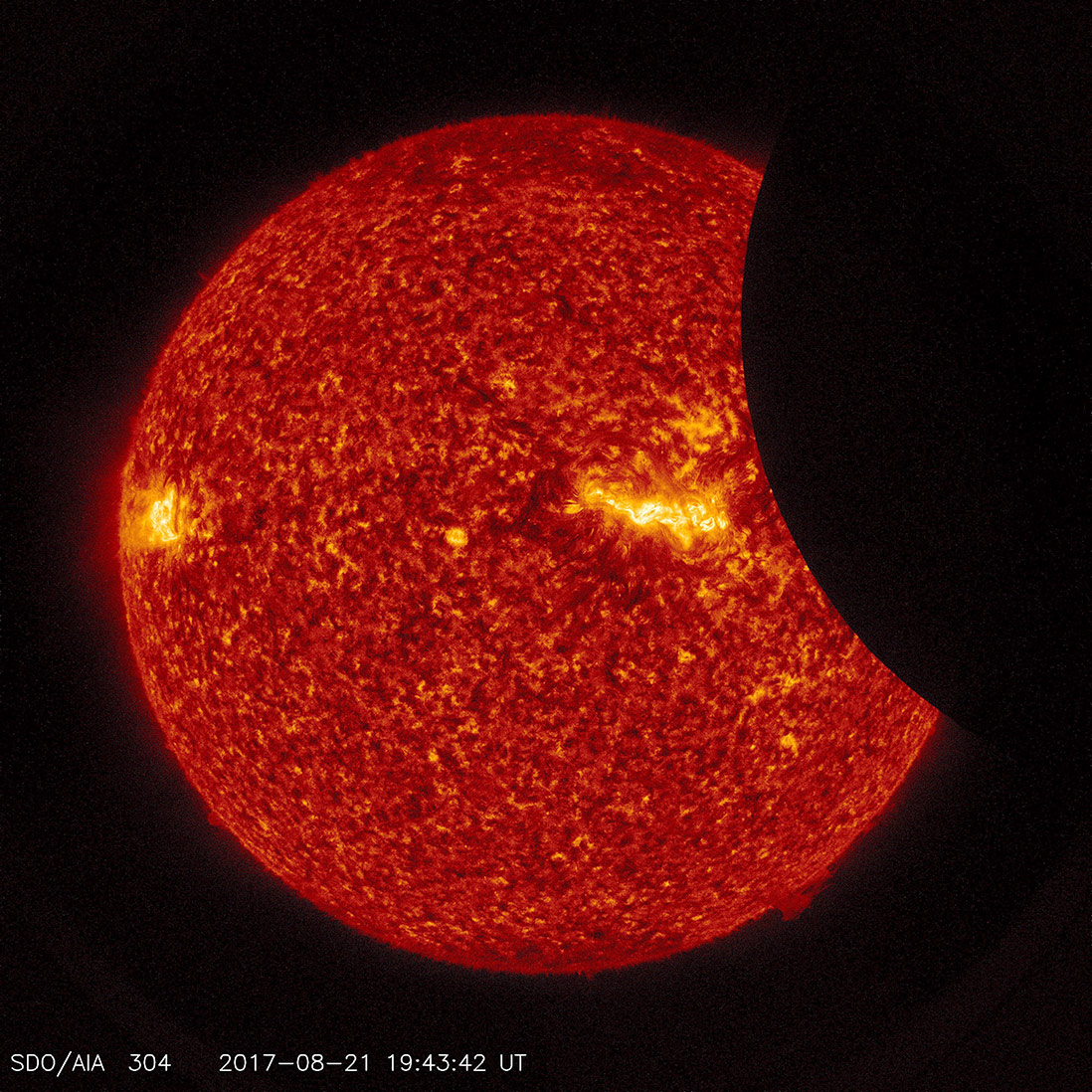
Image of the Moon transiting across the Sun, using a blend of 171 ångstrom extreme ultraviolet light and visible light imagery from SDO from August 21, 2017.
Credit: NASA/SDO
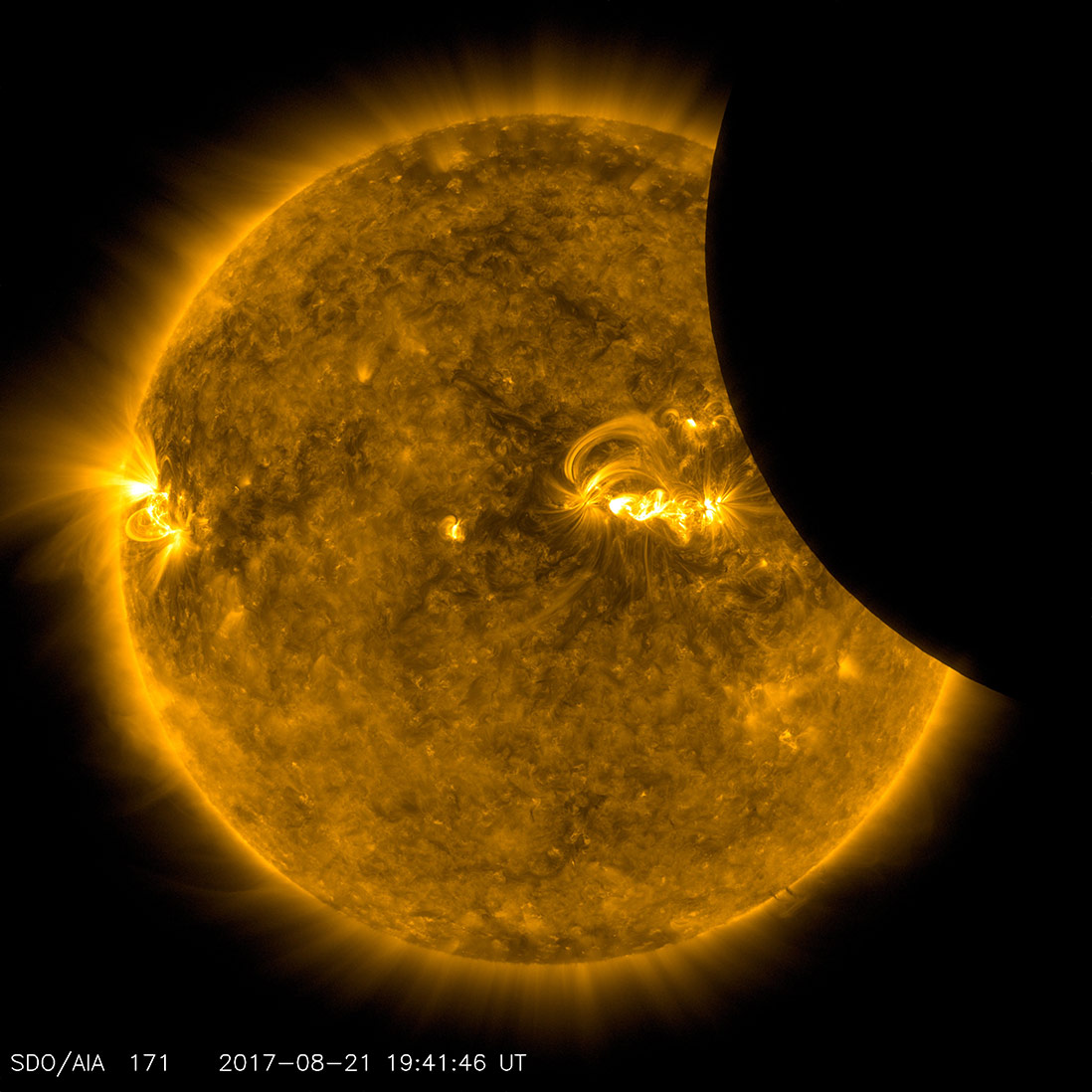
Image of the Moon transiting across the Sun, taken by SDO in 171 ångstrom extreme ultraviolet light on August 21, 2017.
Credit: NASA/SDO


